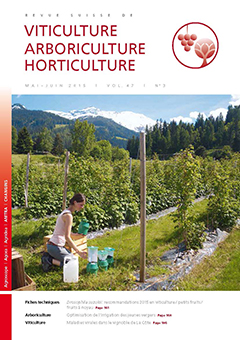
Issue 3 - May - June 2015
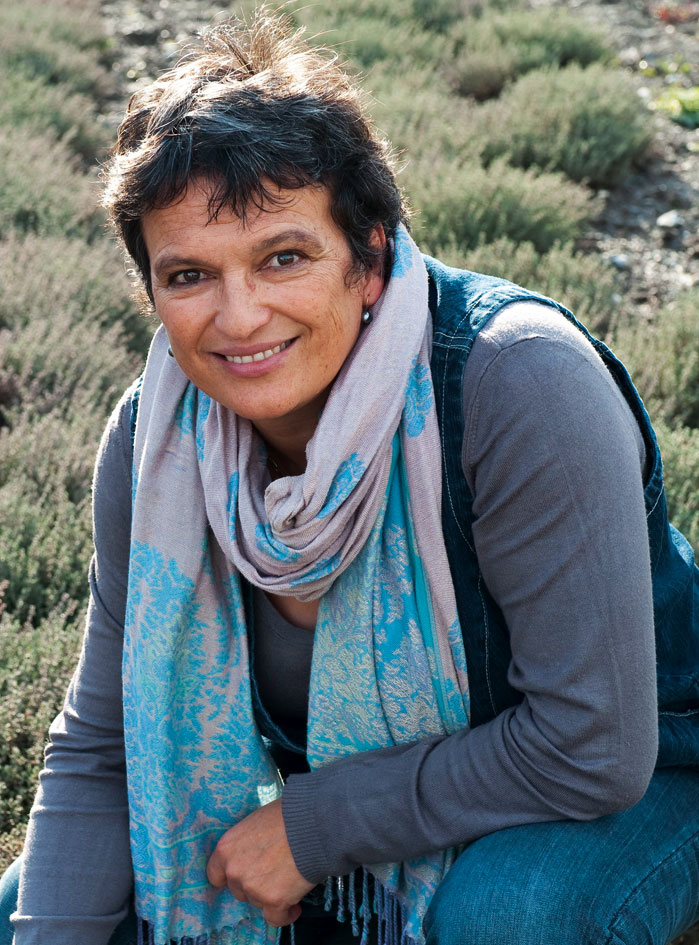
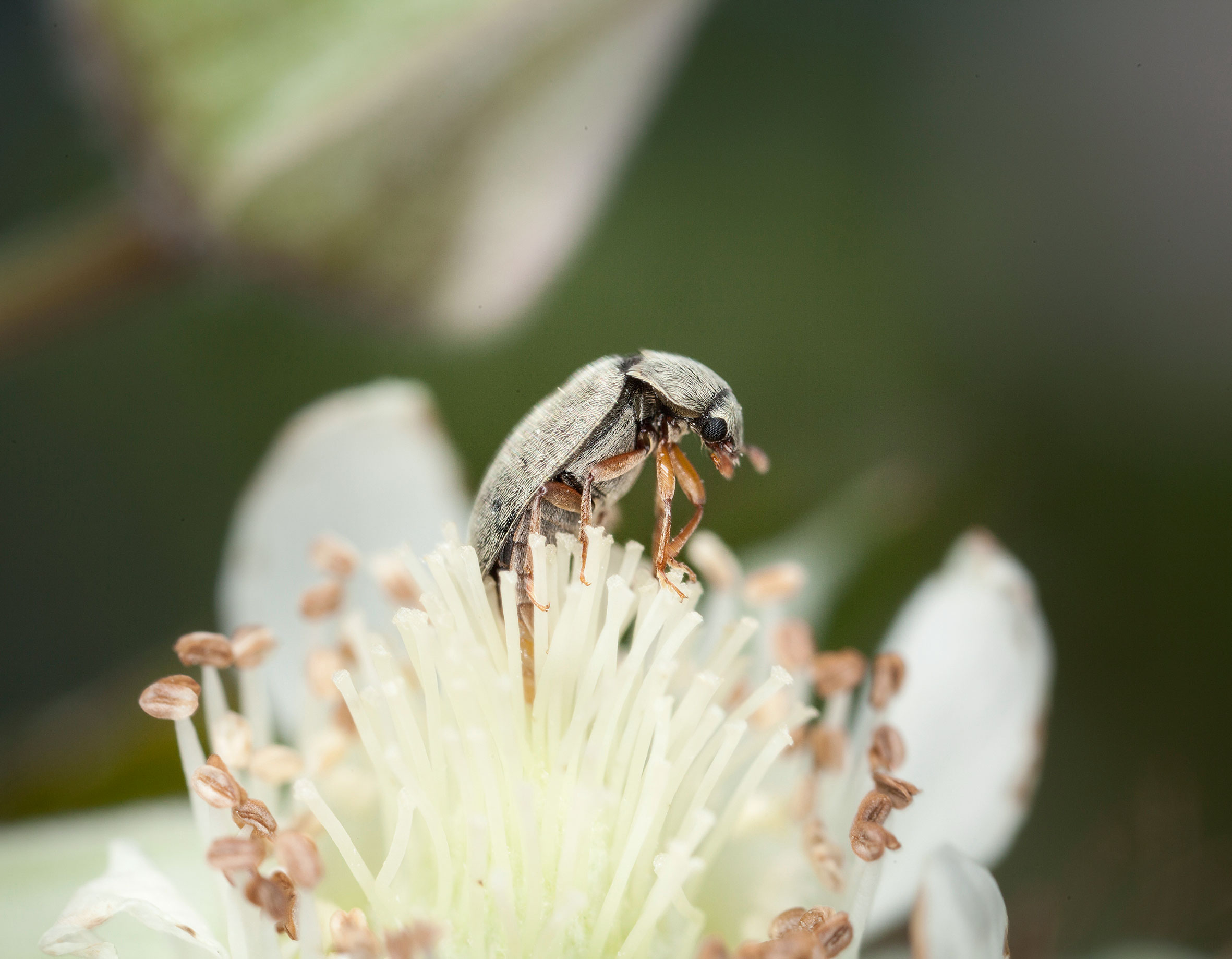
Abstract in open access
In the absence of effective control measures, the strawberry blossom weevil (Anthonomus rubi) (SBW) and the raspberry beetle (Byturus tomentosus) (RB) cause large (10 âžž 80 %) losses in yield and quality in organically grown raspberry. Attractive lures were combined into a single multitrap for economic management of these pests simultaneously. This is one of the first approaches to manage non-lepidopteran insect pests of horticultural crops using semiochemicals in the EU, and probably the first to target multiple species from different insect orders. The aim is to develop optimized lures and cost effective designs for mass trapping and to determine the optimal density as well as spatial and temporal patterns of deployment of the optimized traps to controll these pests. The combination between an aggregation of pheromone attracting Anthonomus rubi and a raspberry flower volatile compound attracting Byturus tomentosus seems to give the best results.
Keywords: raspberry, Anthonomus rubi, Byturus tomentosus, semiochemical trap
E-Mail: catherine.baroffio@agroscope.admin.ch
Adress: Agroscope, 1964 Conthey
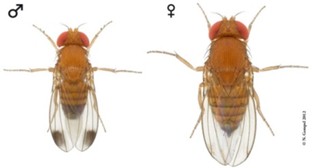
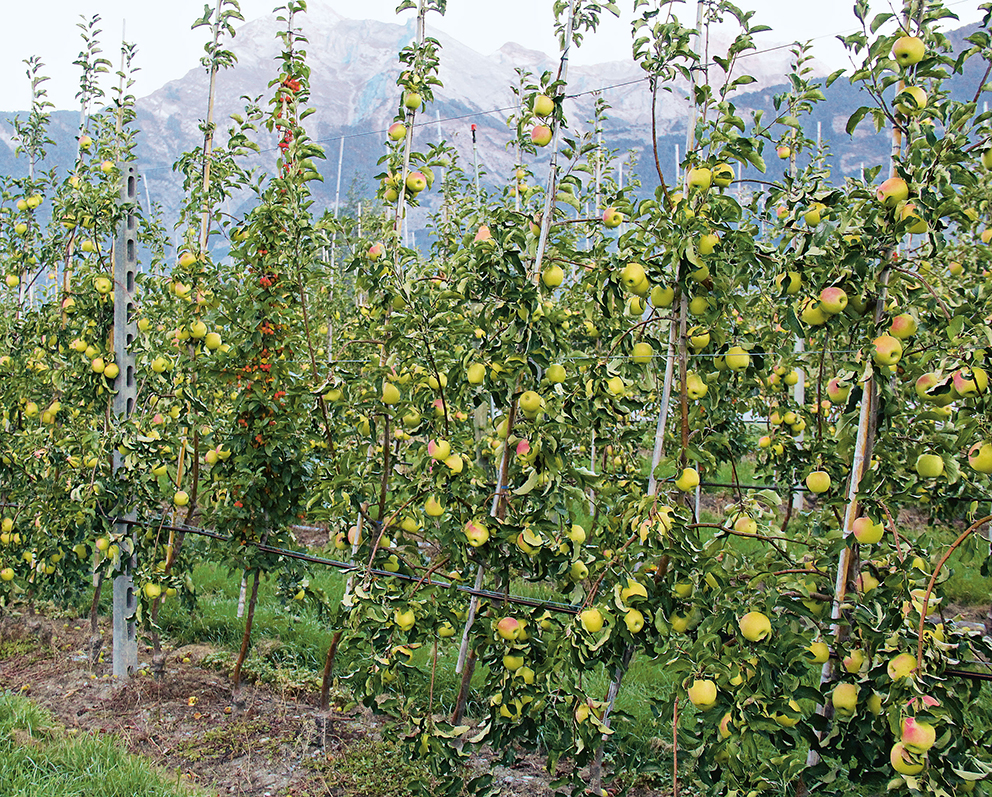
Abstract in open access
The first of two experiments aimed to optimise the irrigation in young orchards and compared the overhead irrigation with drip irrigation on the cultivar Golden Orange with a threshold value for watering of 40 to 60 cbar at 30 cm soil depth. In the second experiment, the drip irrigation was automated and different irrigation frequencies per day were tested on cv. Braeburn with a threshold for irrigation of 25 cbar measured at 30 cm soil depth. In the first experiment, the drip irrigation increased the fruit yield by 54 % while water savings reached 65 to 75 % in comparison with the overhead irrigation. The second experiment showed that the automation of irrigation promotes the vigor of the young trees. In conclusion, drip irrigation permitted significant water savings and automation allowed to optimally adapt the watering to the needs of the crop. Under the experimental conditions, 2–4 automated water applications per day responded perfectly to the fluctuation of daily plant water demand.
Keywords: apple, overhead irrigation, drip irrigation, automated irrigation system
E-Mail: philippe.monney@agroscope.admin.ch
Adress: Agroscope, 1964 Conthey
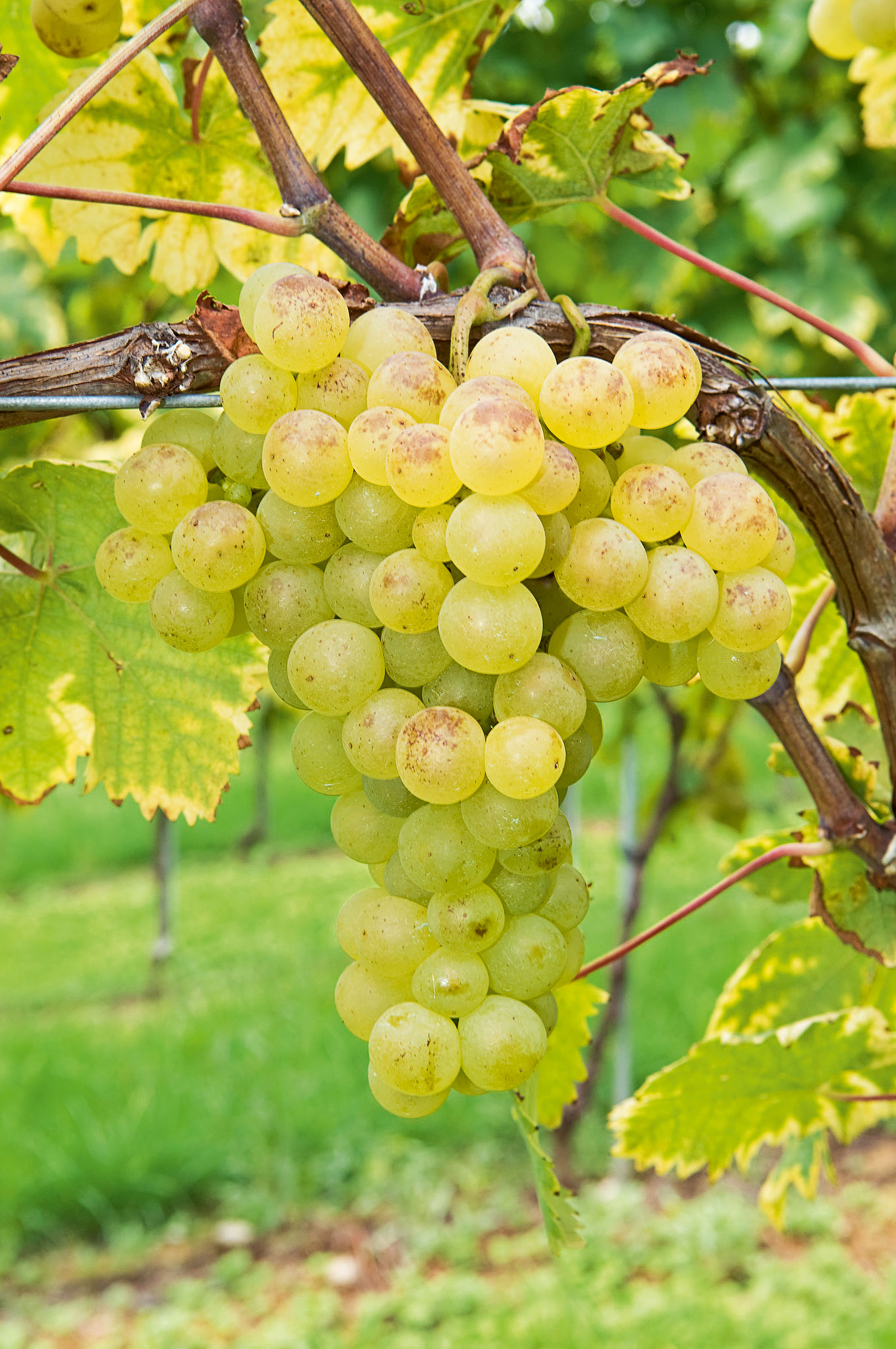
Abstract in open access
Experiments conducted from 2005 to 2009 at Agroscope Changins (Switzerland) on the cultivar Chasselas demonstrated that yeast assimilable nitrogen concentration in the must is strongly dependent on the timing of foliar urea treatment. When urea application took place at veraison, the assimilable nitrogen concentration measured in the must was twice greater than the equivalent treatment at flowering. The soil nitrogen application in spring (ammonium nitrate) led to significantly greater vigour than that induced by the foliar urea fertilisation.
Keywords: grapevine, foliar urea, yeast assimilable nitrogen
E-Mail: jean-laurent.spring@agroscope.admin.ch
Adress: Agroscope, 1009 Pully
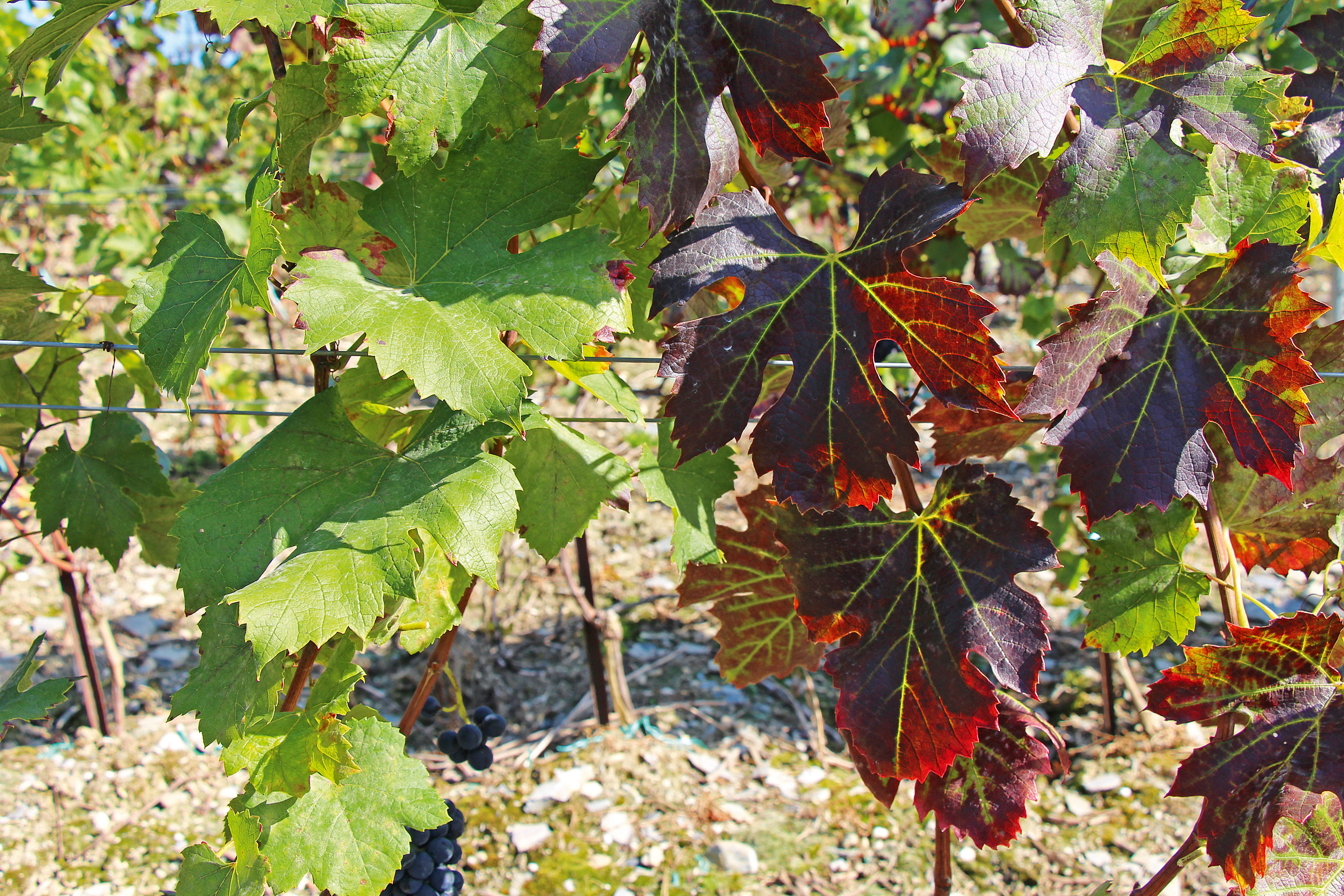
Abstract in open access
Viral diseases are reported to cause several detrimental effects on grape and wine production. In order to evaluate the distribution of these pathogens, a survey was undertaken in the vineyards of La Côte in the Swiss canton of Vaud. Results from this survey showed that major viral diseases are widespread in vineyards, particularly leafroll and fanleaf. A recently described virus, Grapevine Pinot gris-associated virus (GPGaV), has been detected for the first time in Swiss vineyards. Considering those results, there is little doubt that it is important to use virus free plant from certificated material and that grapevine certification program is of paramount importance for a sustainable wine production.
Keywords: grapevine virus, epidemiology, distribution of viruses
E-Mail: jean-sebastien.reynard@agroscope.admin.ch
Adress: Agroscope, 1260 Changins/Nyon
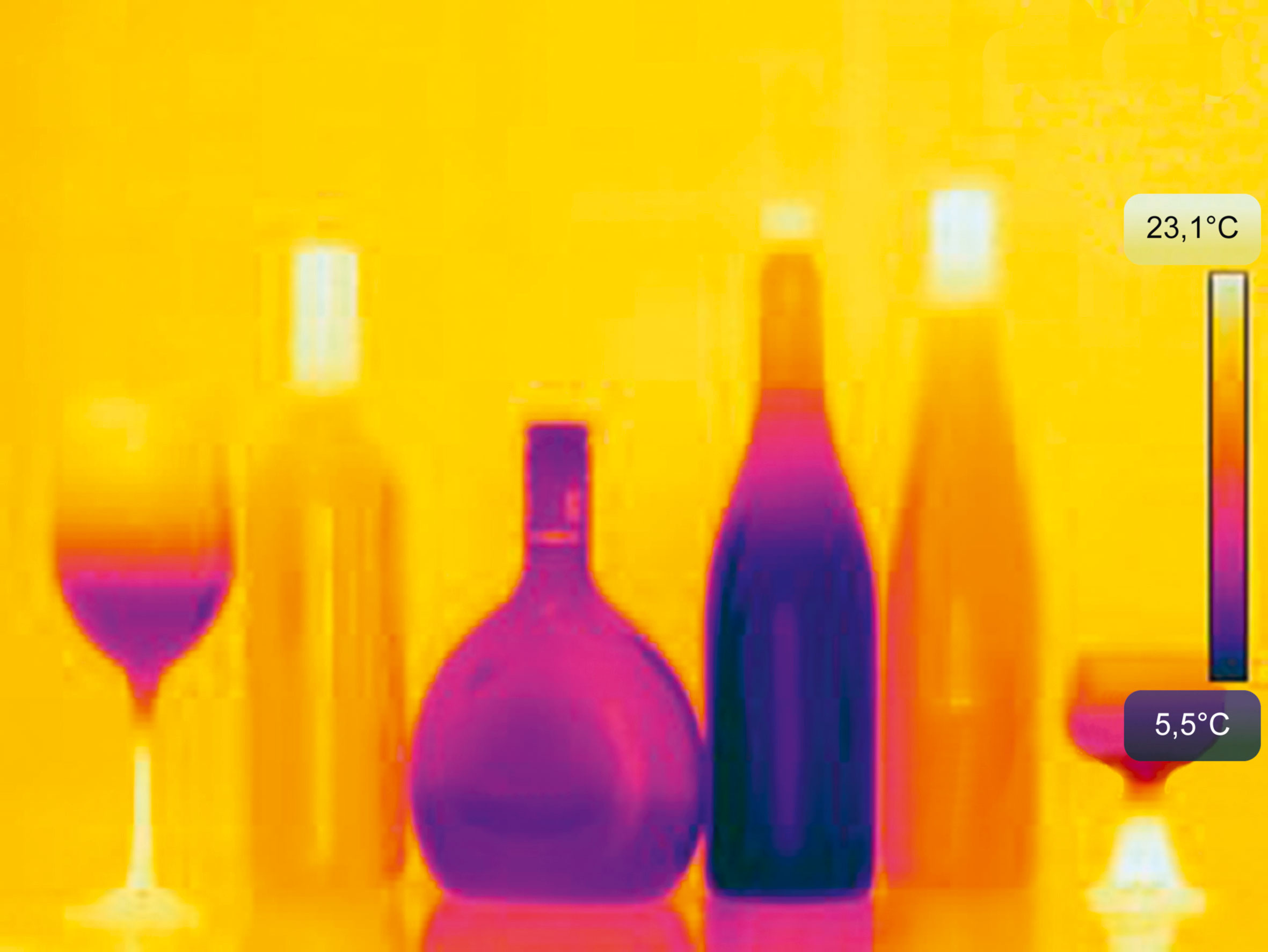
Abstract in open access
The application of Fourier Transformation infrared spectroscopy (FTIR) is well established for the laboratory analysis of enological samples. The aim of the current project was to develop and validate a FTIR method for the automated in-line quantification of sugars and ethanol, i.e. directly in the tank. A submersible transflectance probe attached to a near infrared FTIR-spectrometer was used. Calibration models for glucose, fructose, total sugars (defined as glucose + fructose) and ethanol were developed with training samples taken from several red and white vinifications. The calibration models were then validated and proved efficient for the continuous quantification of total sugars and ethanol under practical turbidity conditions thus bringing the laboratory closer to the wine cellar. The in-line detection method also allows carrying out fed-batch fermentation to reduce yeast stress and the production of secondary metabolites such as acetic acid. Its application for the fermentation of grape musts with increased acetic acid levels will be considered.
Keywords: wine, near infrared spectroscopy, fermentation, yeast, automation
E-Mail: ramon.mira@changins.ch
Adress: School of Engineering at Changins
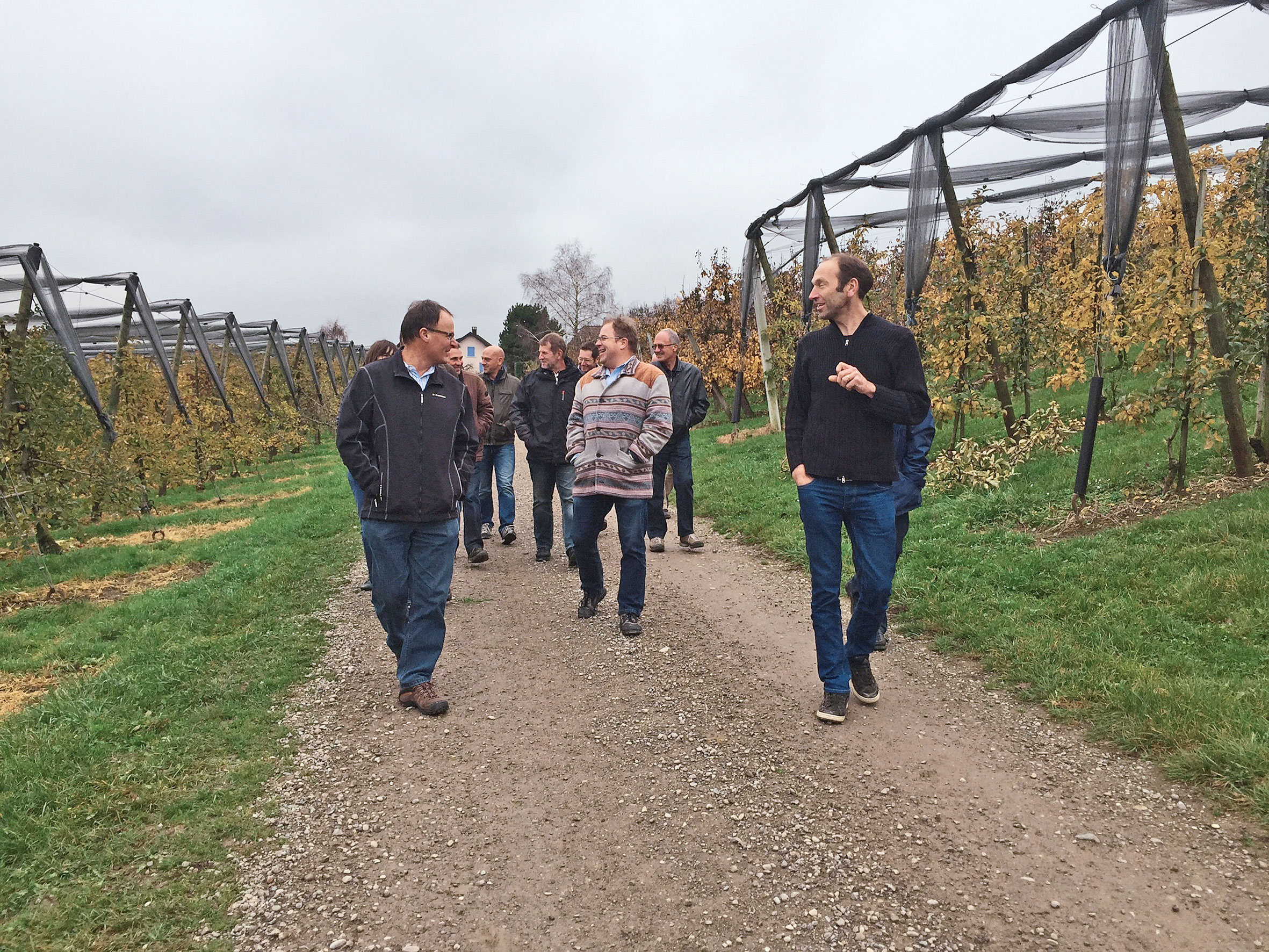
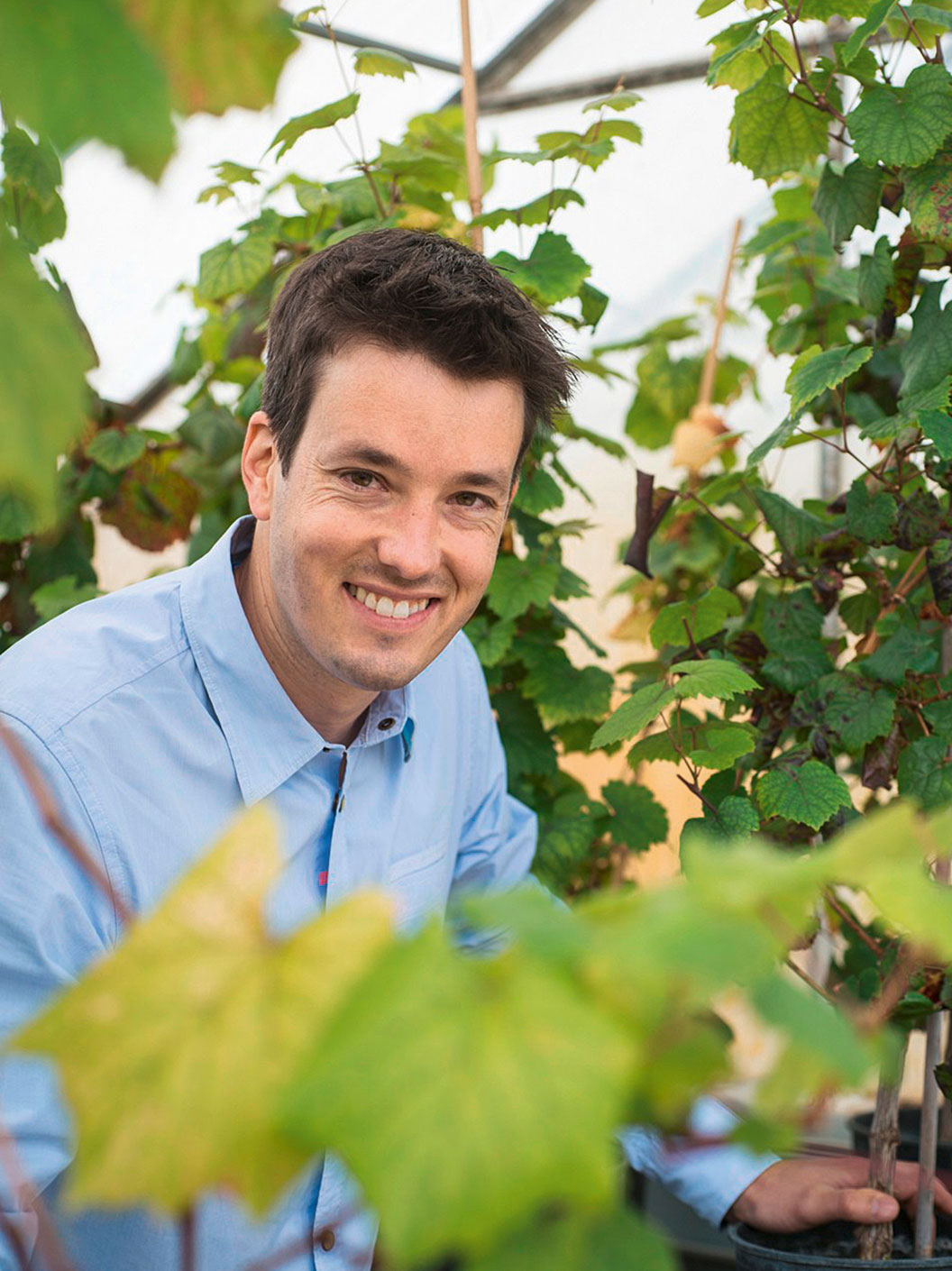
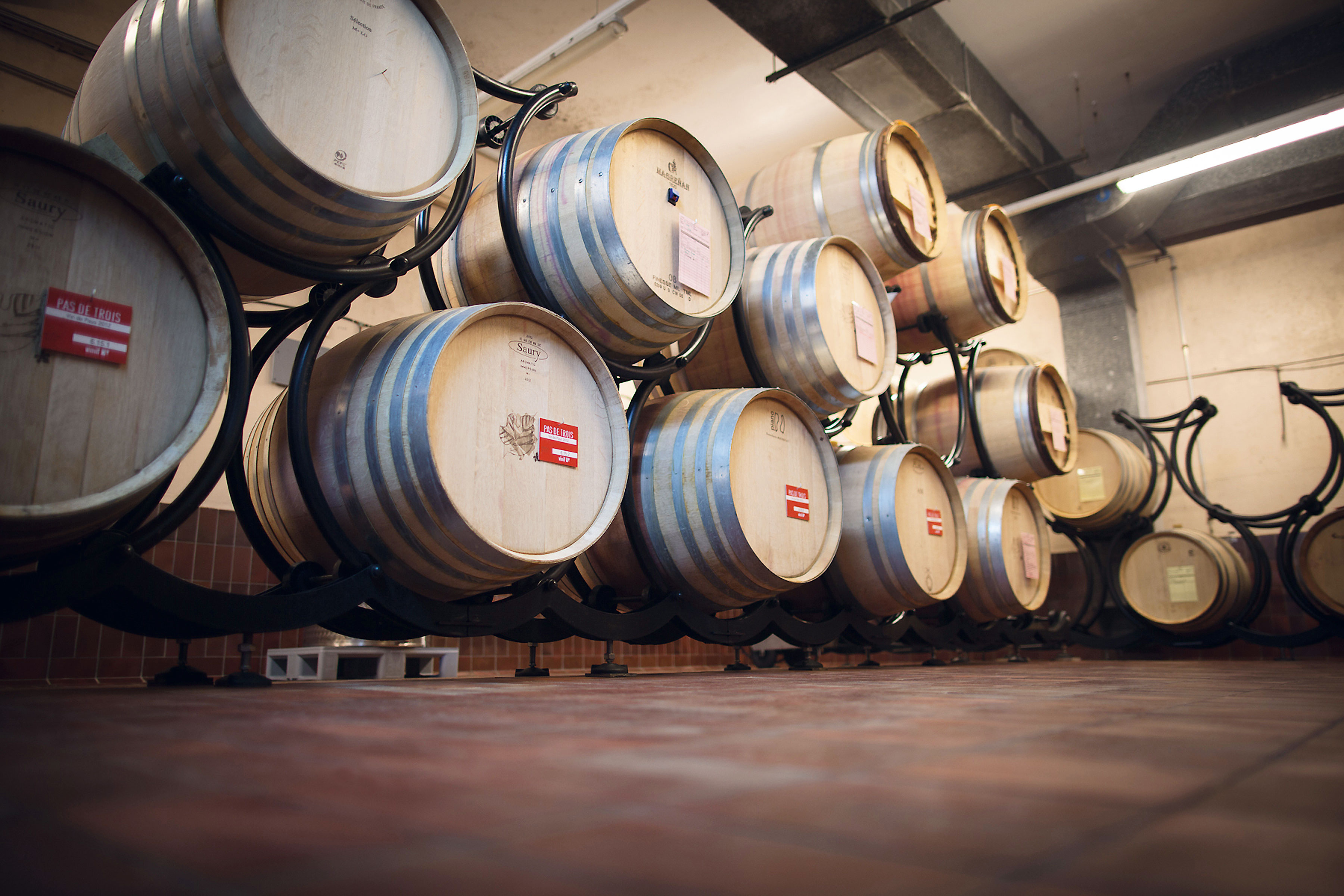

 Download of full issue
Download of full issue
 Download article
Download article